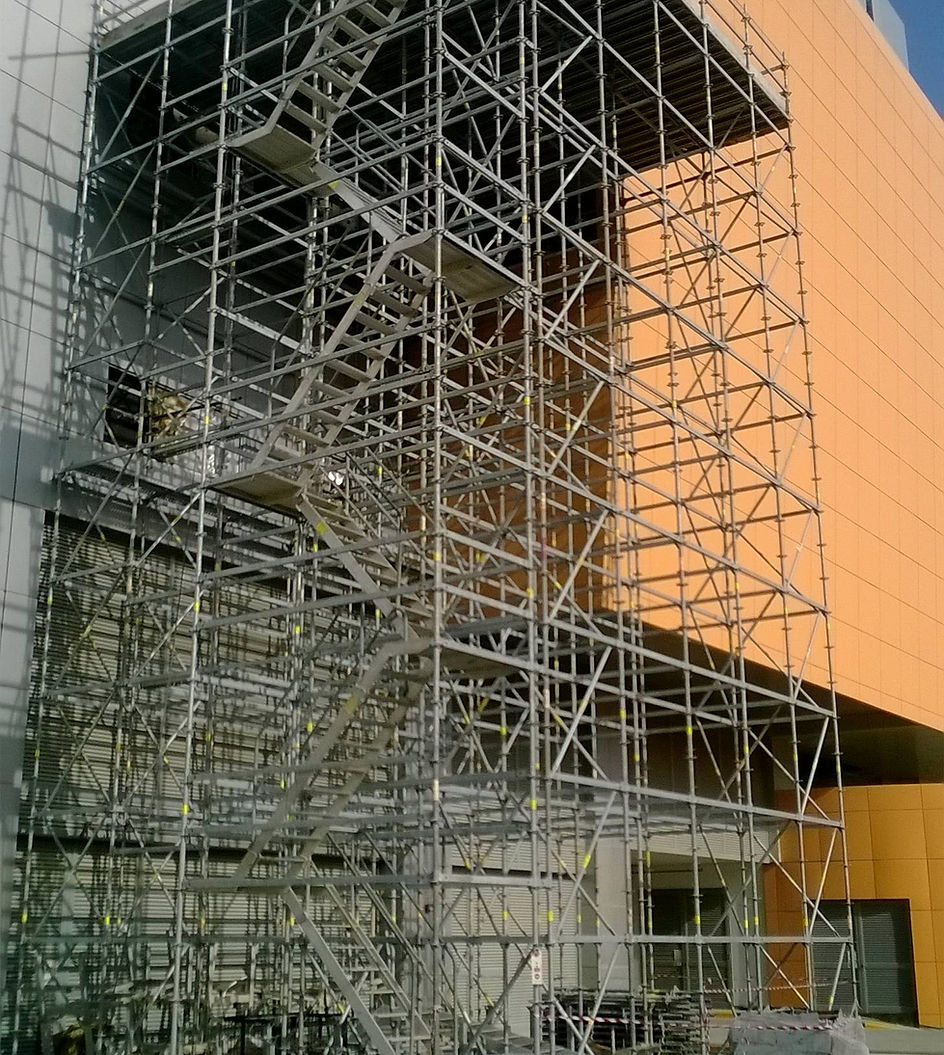Scaffolding Training Requirements And Best Practices For Users And Supervisors
Scaffold systems are integral to many construction and maintenance projects, providing elevated platforms for workers to perform tasks safely. However, working on scaffolds can pose significant risks if proper safety protocols are not followed. Training is essential for scaffold users and scaffolding companies in Dubai to ensure that they have the knowledge and skills to identify hazards, implement safety measures, and prevent accidents.
User training requirements:
Scaffold users must undergo inclusive training to understand the hazards associated with scaffold work and how to mitigate risks effectively. Training should cover topics such as scaffold types, components, assembly, inspection, use, and dismantling procedures. Additionally, users should receive instruction on fall protection, safe work practices, and emergency procedures. Training should be conducted by qualified trainers and include both theoretical instruction and hands-on practical exercises to ensure that users have a thorough understanding of scaffold safety principles.
Supervisor training requirements:
Supervisors play a critical role in overseeing scaffold operations, ensuring compliance with safety regulations, and providing guidance and support to scaffold users. Supervisor training should include advanced topics such as scaffold planning, risk assessment, hazard recognition, and emergency response planning. Supervisors should also receive training on leadership, communication, and conflict resolution skills to effectively manage scaffold work teams and promote a culture of safety on the job site.
Hands- on practical training:
Hands-on practical training is essential for scaffold users and supervisors to develop the skills and competency required to work safely on scaffolds. Training should include demonstrations and practical exercises on scaffold assembly, inspection, and use, allowing participants to practice proper techniques under the guidance of experienced instructors. Practical training sessions should simulate real-world scaffold scenarios and incorporate realistic hazards and challenges to prepare users and supervisors for on-the-job situations.
Refresher training and continuing education:
Scaffold users and supervisors should undergo regular refresher training and continuing education to stay up-to-date on the latest safety regulations, best practices, and industry standards. Refresher training should be conducted annually or as needed to reinforce key concepts, address new developments, and refresh skills. Continuing education opportunities, such as workshops, seminars, and online courses, provide opportunities for ongoing learning and professional development in scaffold safety.



